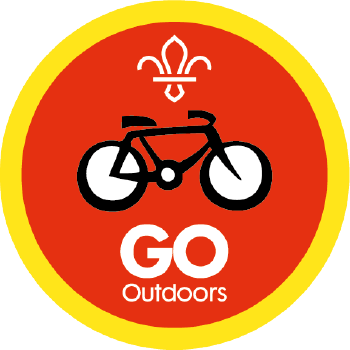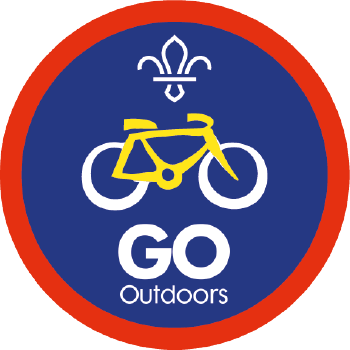Road cycling
What to expect
Road cycling has existed for around 200 years, and it’s the most popular form of cycling. Over one billion people across the world use bikes on the road for all sorts of reasons: commuting to work, taking part in road races, riding for a club, recreational rides and more.
In present day UK, road cyclists are pretty likely to encounter cars and other vehicles like buses, lorries and tractors, so it’s important for them to be observant and responsive. Those who ride on the road are expected to obey the same laws and regulations as other users, but they have slightly different signs and signals to work with. It’s important that if you and your group head out on the road together, everyone is familiar with what these signs and signals mean and when to use or obey them. The national governing body for cycling is British Cycling, where you’ll be able to find out more about signs and signals.
Planning a road cycling adventure with your group is a great way to practise a new way of route planning and navigating, while exploring new and exciting places at a different pace.
What you’ll learn
When you begin to ride on the road, you’ll need to develop a heightened sense of what others around you are doing. You’ll learn to be alert and to respond quickly to changing environments. This is on top of using all the skills you’ve developed for riding already, including balancing, stopping, starting and turning.
Using signals will be the biggest take-away from your first road experience. Learning to communicate sensibly with others on the road will help keep everyone safe and help cars to respond appropriately.
Fun facts
The longest tandem bike ever built had seats for 35 riders!
Handy hints
- Avoid loose clothing. Loose clothing isn’t ideal for cycling on the road. Regular road cyclists wear lycra, so that their clothing stays close to their body. This is good for speed and helps to avoid both uncomfortable chafing and the risk of a loose garment getting caught in your chain or spokes.
- See and be seen. Remember to wear reflective clothing and fit back and front lights. Not only is it important you can see in front of you when the light fades, but it’s super important others can see you too!
- Carry a repair kit and learn how to use it. Take a look at Ready to ride [LINK] and Repair shop runaround [LINK] for guidance on how to keep your bike ship shape. This way, if you get caught out by a puncture on your journey, you’ll know exactly what to do with your travel repair kit.
- High energy bars and gels are helpful. They’re easy to carry, fuss-free to eat and will help with endurance. Even the pros use them!
Safety
You must always:
- Complete a risk assessment
- Have the right ratios of number of adults to provide suitable supervision
- Set up an InTouch process
- Know what to do in an emergency
- Share information with parents and carers with an activity information form
- Get approval from your Lead Volunteer.
Be safe outdoors:
- Check the weather forecast
Cycling:
- Everyone must wear a helmet whilst cycling, exemptions apply.
Joint activities with other organisations:
- This activity can be run jointly with Girlguiding.
- This activity can be run with other organisations.
This activity can be led by you or someone else in Scouts
You can go to a centre or use an activity leader who is not part of Scouting:
You must find a suitable provider who meets the following requirements:- The centre/instructor should hold one of these: (If the provider is AALA exempt)
- Mountain Biking - Qualified to lead the activity as per the requirements of British Cycling
- Adventure Mark - centre
The provider must have public liability insurance.
Guidance
Reflection
Cycling on the road requires you to be very aware of your surroundings. Good observational skills will help keep everyone safe on your ride, but what else are they good for? Have a chat together about the benefits of being aware of your surroundings. Did you spy a new route or see anything else new, like an insect or plant?
The great thing about cycling is that you can stop whenever you want to enjoy your surroundings. You don’t have this opportunity on many other forms of transport. Encourage a slow and careful approach, especially on early rides, and it could help everyone be more reflective and appreciate the world around them.
Increase the challenge by making your route more complex, by going further or by cycling in hilly areas.
- Road cycling can often be adapted so more people can give it a go. Many centres have facilities that cater for people with additional needs and experienced instructors to help everyone achieve their goals. Get in touch with your local provider to chat through the needs of people in your group. Make sure you give them plenty of notice.
- There are adapted bikes especially for young people with limited mobility. These can often be loaned from local authority schemes or local accessible cycling charities.
All Scout activities should be inclusive and accessible.
If the group are feeling confident with their cycling abilities and have enjoyed their rides so far, then why not get in touch with other groups or cycling clubs to talk about organising a sponsored event? If you’re covering a long distance, then it would help those in the group working toward achieving their Cubs or Scouts Cyclist Activity Badge.
Young people can design their own routes, even if they are in a small scale in closed circuits.



